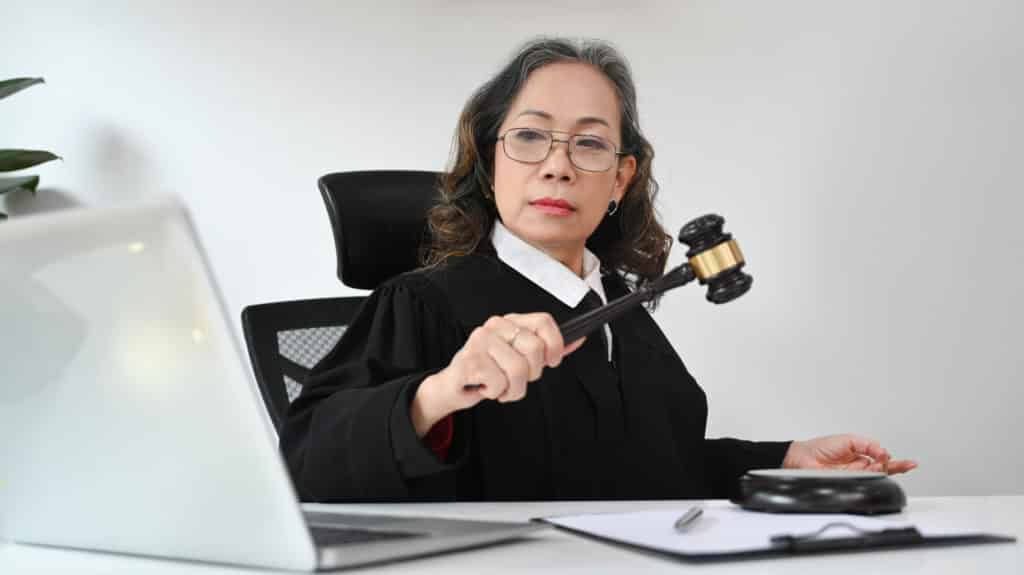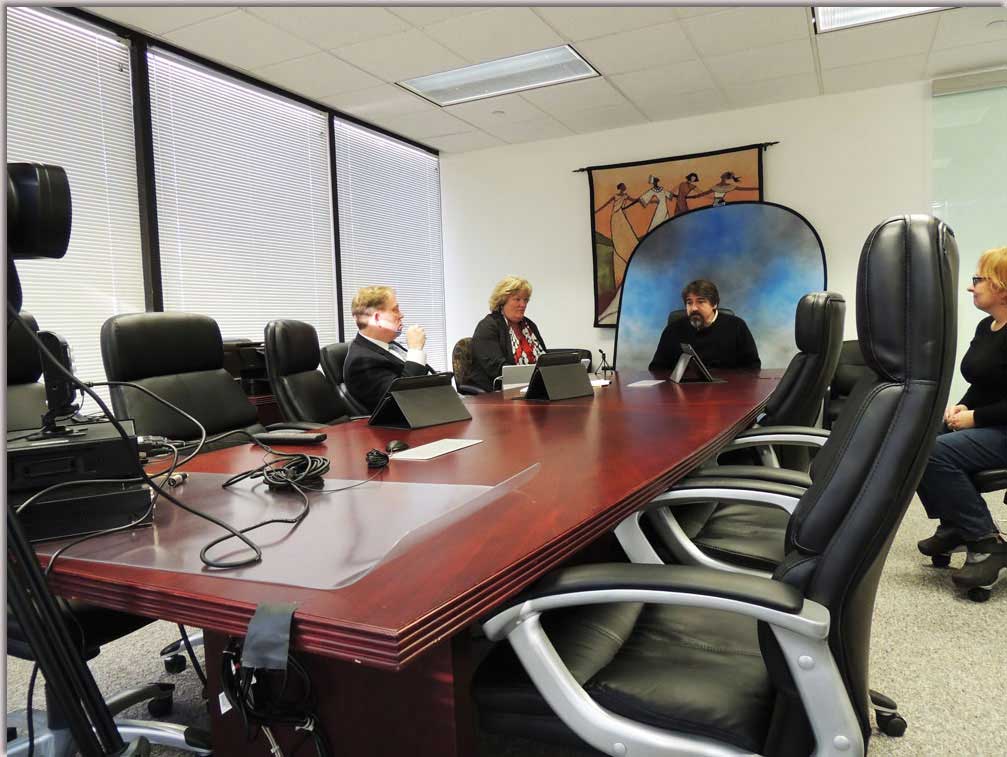Legal Videography: Changing the Way Evidence is Recorded and Presented
Legal Videography: Changing the Way Evidence is Recorded and Presented
Blog Article
Exploring the Systems of Lawful Videography: Unveiling Its Operation in Safeguarding Authentic Aesthetic Statement for Judicial Process
In the world of judicial procedures, the duty of lawful videography stands as a cornerstone in protecting and offering visual proof. As innovation remains to advance, the mechanisms behind legal videography have actually become significantly detailed, offering an essential layer of credibility to statements recorded on video. By diving into the functional details of lawful videography, one can discover the thorough procedures that secure the stability of visual proof presented in court rooms - Legal Videography. This expedition not just loses light on the historical advancement of lawful videography yet additionally means the future patterns that might additionally reinvent exactly how visual testimonies are supported in the world of justice.
Historical Advancement of Legal Videography
Examining the historical progression of lawful videography reveals a considerable makeover in the capturing and presentation of aesthetic proof within the legal landscape. In the past, lawful procedures heavily relied upon created pictures and records to record occasions and provide evidence. With the advent of video clip innovation, the lawful sector experienced a paradigm shift in just how aesthetic testimony was recorded and provided.
The development of legal videography can be traced back to the late 20th century when advancements in video clip recording tools made it much more accessible for usage in courtrooms. This technological improvement not only boosted the precision and reliability of aesthetic evidence but additionally revolutionized the method situations existed to juries and courts (Legal Videography). Attorneys began to recognize the convincing power of video clip recordings in conveying emotions, subtleties, and non-verbal signs that composed transcripts or pictures alone could not record efficiently

Technology Advancements in Video Documentation
What crucial technological advancements have changed video documentation in the lawful field? The lawful field has actually seen substantial improvements in video clip documentation technology that have improved the credibility and dependability of visual proof in judicial proceedings. One of the crucial advancements is high-definition (HD) video recording capabilities, which offer crystal-clear pictures and sharp information that are essential for precisely capturing statements, faces, and other aesthetic signs. In addition, the combination of timestamping and metadata functions in video clip documentation tools has actually made it possible for accurate paperwork of when and where the video clip was taped, making sure the integrity of the evidence presented in court.
Additionally, developments in video clip encryption and watermarking technologies have actually strengthened the security and tamper-proof nature of video evidence, securing it against unauthorized changes or tampering. In addition, the arrival of cloud storage solutions and remote accessibility capacities has streamlined the storage, access, and sharing of video clip evidence, promoting seamless collaboration amongst lawyers and guaranteeing efficient access to important visual statements when required. These technological developments in video documentation have actually definitely transformed the lawful area, improving the precision, credibility, and admissibility of visual evidence in judicial process.
Duty of Legal Videographers in Court Room Settings
The advancement of video documents innovation in the legal area has necessitated a vital function for lawful videographers in court room setups, guaranteeing the stability and reliability of aesthetic testaments offered during judicial process. Lawful videographers play a basic role in recording and maintaining exact visual evidence that can be critical in court situations. Their responsibility includes setting up devices, recording procedures, and generating high-grade videos that accurately show the occasions in the courtroom.
In court setups, lawful videographers have to abide by stringent guidelines and standards to maintain the credibility of the aesthetic document. They must have a keen eye for detail and a thorough understanding of lawful treatments to ensure that the video footage they catch is a true representation of the events that transpired. In addition, legal videographers typically work closely with legal groups to make certain that the video proof straightens with the case's needs and can be click here to find out more successfully provided in court to support the legal disagreements being made. Overall, the function of lawful videographers in court room setups is essential in supporting the concepts of justice and ensuring the openness of legal process.

Ensuring Admissibility and Integrity of Video Clip Evidence
To maintain the trustworthiness of aesthetic proof provided in legal procedures, making certain the admissibility and integrity of video evidence is an essential responsibility for legal videographers. Admissibility describes the acceptance of evidence by the court, and for video clip evidence to be permissible, it needs to meet specific requirements. Lawful videographers play an essential function in making certain that the video clips they capture adhere to the guidelines of proof, such as importance, credibility, and dependability.
Stability of video clip proof includes preserving the originality and precision of the footage from the time it is taped up until it is presented in court. This includes firmly storing the video clip data, documenting the chain of custodianship, and stopping any tampering or changes. Lawful videographers have to comply with stringent protocols to ensure the honesty of the video clip proof and avoid any kind of difficulties to its authenticity.
Future Trends in Legal Videography
Provided the increasing dependence on technology in legal process, legal videographers are poised to accept innovative advancements shaping the future of aesthetic statement capture and presentation. Among the popular trends on the perspective is the integration of digital truth (VIRTUAL REALITY) and boosted reality (AR) innovations into legal videography. These innovations have the potential to revolutionize how aesthetic proof exists in courtrooms, enabling discretionary to submerse themselves in the scene of the crime or case.
Additionally, using man-made intelligence (AI) algorithms for video clip evaluation is anticipated to streamline the process of evaluating and analyzing large amounts of video clip footage. AI can help in identifying key moments, anomalies, and patterns within videos, improving the efficiency of lawful investigations.

Verdict
To conclude, legal videography has actually played a critical function in providing genuine visual proof for judicial proceedings. With technological improvements and the knowledge of lawful videographers, the stability and admissibility of video clip evidence are made sure in courtroom settings. As lawful videography continues to progress, it will be necessary to copyright requirements that keep the precision and dependability of visual testament for the future of lawful process.
Examining the historic progression of legal videography discloses a considerable change in the catching and presentation of aesthetic proof within the legal landscape.The evolution of video documentation modern technology in the legal area has actually necessitated an important duty for legal videographers in courtroom settings, making certain the integrity and integrity of aesthetic statements provided throughout judicial process. Furthermore, legal videographers often work carefully with lawful groups to make certain that the video evidence straightens with the case's needs and can be efficiently offered in court to sustain the legal debates being made.To preserve the credibility of visual evidence provided in lawful proceedings, making sure the admissibility and integrity of video clip proof is a critical duty for lawful videographers. As legal videography continues to evolve, it will certainly be a fantastic read crucial to support see here criteria that maintain the accuracy and reliability of visual statement for the future of legal proceedings.
Report this page